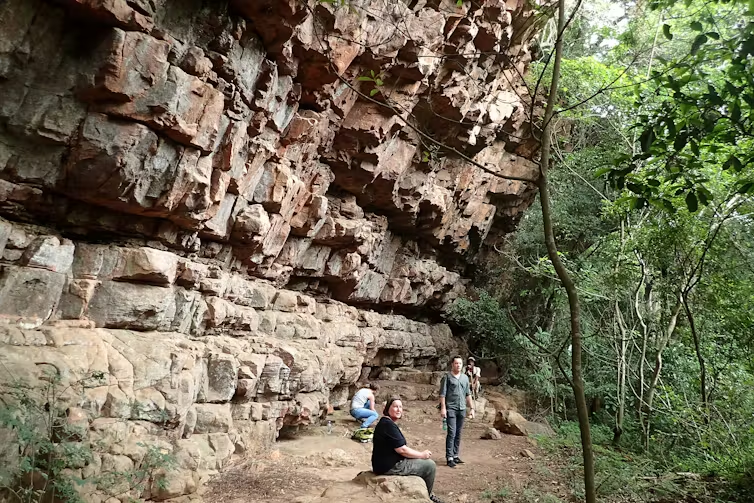Trousers, pants, slacks—nno matter the name, they are an integral part of our everyday wardrobe. What began as a practical solution to a practical problem has become a staple of fashion across cultures. But have you ever stopped to ponder the origins of this garment? When did our ancestors decide to ditch the tunic, robe, or loincloth in favor of trousers? In this article, we will delve into the intriguing history of the invention of trousers.
Prehistoric Beginnings
The exact origins of trousers remain somewhat unclear, largely due to the absence of ancient textiles that have survived through the millennia. However, archaeological evidence has provided some intriguing clues. In 2014, a study published in the journal Quaternary International discovered the earliest known examples of trousers in western China, dating back to around 3,000 to 3,300 BC.
These ancient trousers were made of wool and designed with straight legs and a wide crotch. This wide crotch, often referred to as a steppe crotch, had a slit that might have been used to tie the trousers around the waist. Archaeologists speculate that these trousers were invented for riding, as they provide protection while allowing the rider flexibility and freedom of movement.
Development and Spread
The use of trousers began to spread with the advent of horseback riding and the strategic advantage it provided for warfare. This new mode of transportation necessitated a new type of clothing that allowed for greater flexibility and protection. As the popularity of horseback riding grew, so did the prevalence of trousers.
Trousers found their way to the Mediterranean world through cultural contact with Persians and other cultures of the East. Greek historians such as Herodotus described the Persian use of trousers in the 5th century BC, and it wasn't long before the Greeks and Romans adopted this practical garment, although not without some cultural resistance, as it was initially seen as 'barbarian' dress.
It is worth noting that while trousers were predominantly a male garment in many cultures, women also wore trousers in certain societies, particularly those where horse riding was common for both genders.
Evolution through the Ages
Over the centuries, the basic design of trousers evolved in various directions according to cultural needs and aesthetic trends. Breeches, a type of trouser that ends just below the knee, became common in Europe from the 16th to the early 19th centuries. These were often worn with stockings and were a standard part of men's dress.
As Europe transitioned into the Industrial Revolution, the design of trousers changed again. The need for practical and durable clothing for factory and manual work led to the invention of denim jeans in the United States in the late 19th century, a style that has persisted to this day.
Meanwhile, women's fashion began to incorporate trousers more frequently in the late 19th and early 20th centuries, particularly in the context of the women's rights movement. The advent of World Wars I and II accelerated this trend as many women entered the workforce and required practical clothing.
Trousers Today
In today's global society, trousers have transcended cultural boundaries and become a universally accepted form of clothing. They come in an endless variety of styles, from casual jeans to formal tuxedo pants, serving a plethora of purposes. The evolution of trousers continues in response to changes in societal norms, technology, and fashion trends.
Whether you're donning denim jeans for a casual outing or dressing up in a formal suit, remember that the trousers you wear are the result of a millennia-long journey, adapting to meet the needs of humans throughout history. The story of trousers is one of practicality and ingenuity, a testament to humanity's endless creativity and the remarkable evolution of culture.
Today, everybody wears trousers—men and women, young and old—at almost all occasions. But who invented the trousers? When? Where? Why? This documentary tells the story of an international research team’s pursuit to find answers to these questions. The camera accompanies the scientists to dry inner Asian archaeological excavation sites in China and the working tables of conservators; to laboratories of ancient climate and animal DNA research; to sheep shearer’s barns and fashion designer’s studios. Viewers can watch the team make discoveries and face insurmountable obstacles in the process of reverse engineering when they try to reproduce the oldest known trousers in the world. The documentary comprises unpublished film material, animation sequences, and music specially composed for this story. The film is the result of cooperation between archaeologists and students of Film University Babelsberg (Konrad Wolf).





